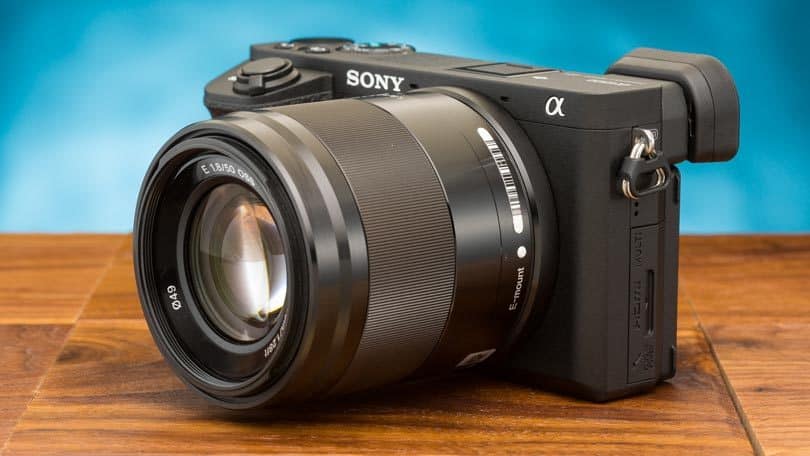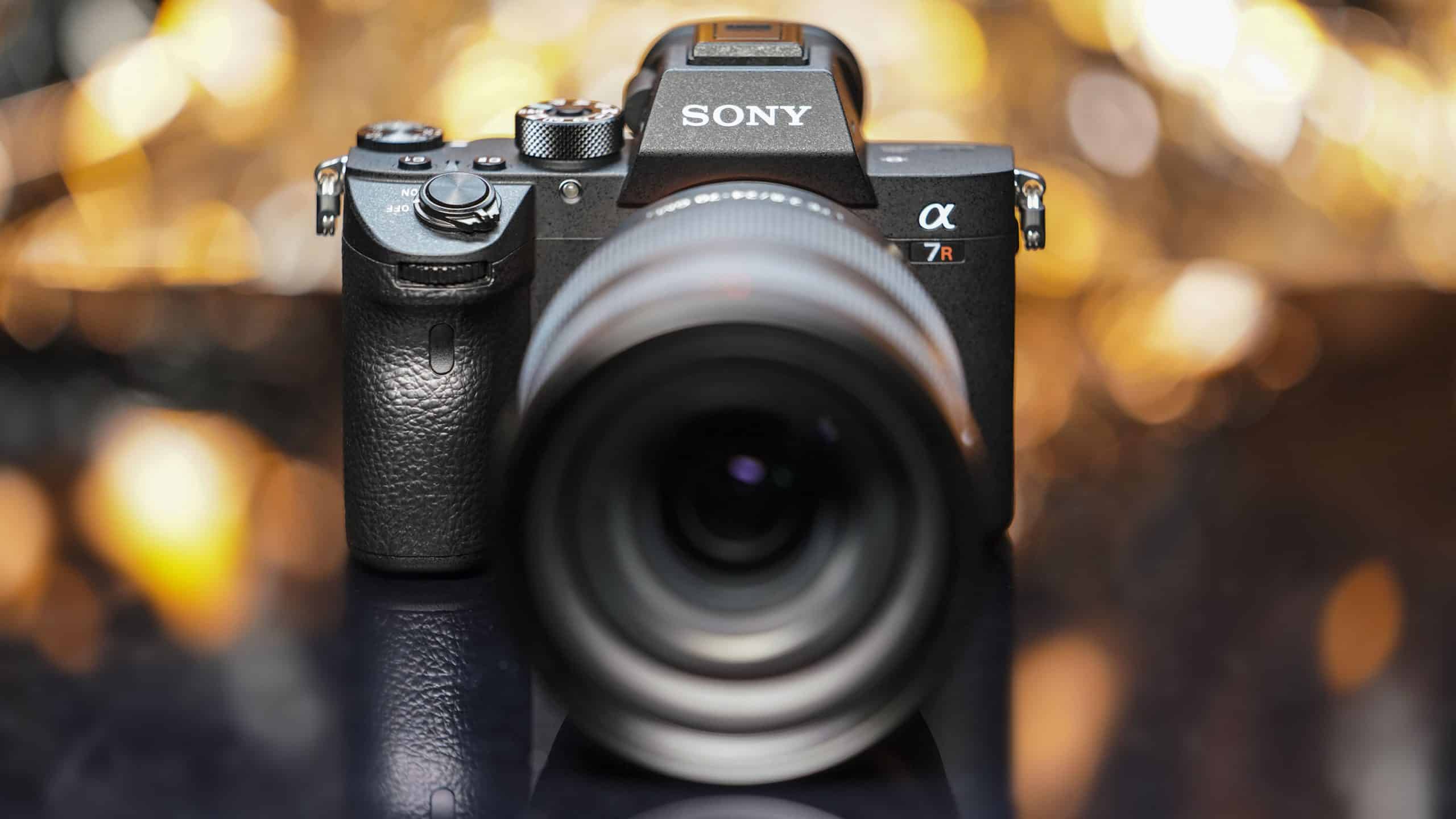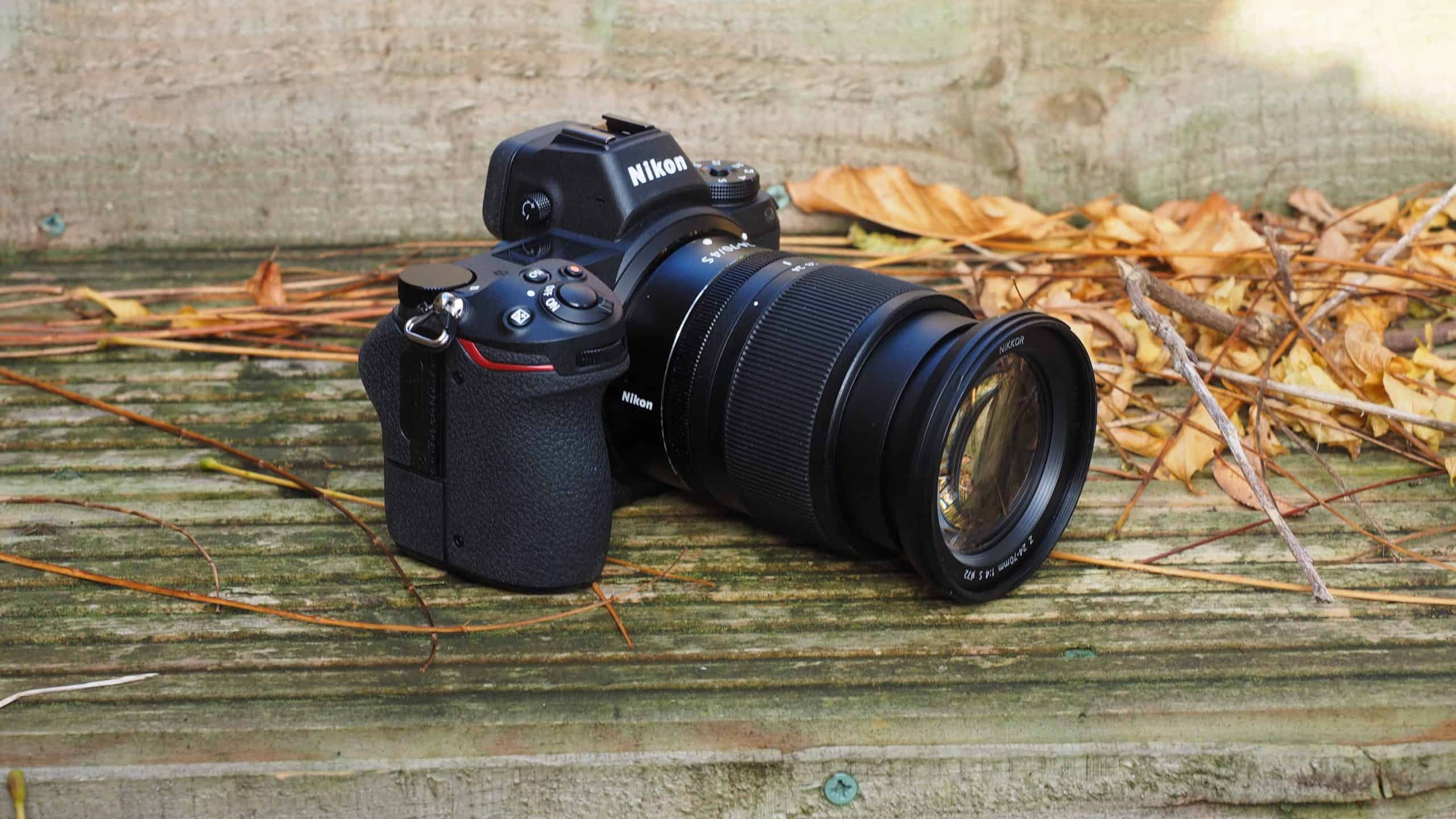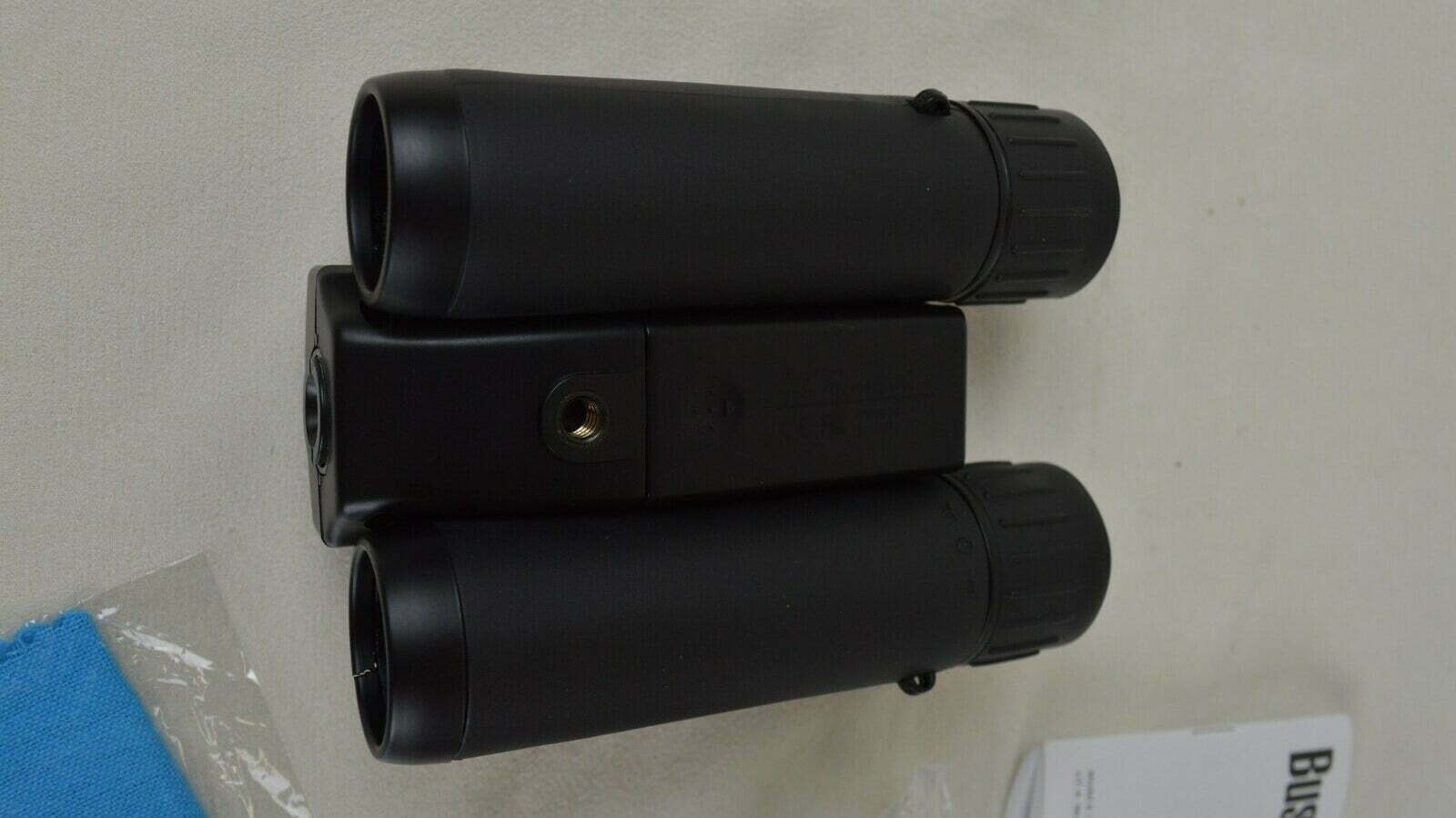If you have been experimenting with the various features of a digicam, you may be wondering how to use a horizontal split focusing screen on a digital camera. If you are struggling to find answers, stop worrying. We are here to help.
KEY TAKEAWAYS:
- A Horizontal split focusing screen is an assistive feature found in top-rated digital cameras that helps get a good focus on a subject.
- If the subject is out of focus, the horizontal split focusing screen engages and will show the viewfinder as a split image.
- Be sure to center your subject in the foreground to avoid engaging the horizontal split focusing screen.
What is a Horizontal Split Focusing Screen?
A split focusing screen, otherwise known as a split-image spot or a split image rangefinder, is an optical focusing aid that can typically be found integrated into a reflex camera’s ground glass screen. When you engage the camera’s optical viewfinder, the two halves of the horizontal screen will appear split if your subject is out of focus.
How to Use a Horizontal Split Focusing Screen
As previously stated, these screens will only appear split if the subject you are photographing is severely out of focus. Here are some tips to help you get a good focus on your subject.
Insider Tip
If you are buying a screen that attaches to your camera’s viewfinder or to its lens, be sure that it can integrate with your camera.
Keep the Lens and Viewfinder Clean
For the purpose of shooting digital images, you should learn how to clean your digital camera. Use a dry microfiber cloth to gently clean the lens and do the same thing with the LCD optical viewfinder. Keeping the lens and viewfinder clean will ensure that what you are seeing in said viewfinder is as close to reality as possible. In other words, there will be no scratches or debris mucking up your shot.
Center Your Subject
The easiest way to avoid seeing a split screen in the optical viewfinder is to keep your subject in focus. Make sure to focus the subject slowly and try your best to keep this subject in the center of the frame, typically in the foreground. After this, engage manual focus.
Dive into the Settings
If you are going for a purposefully blurry image, you may not want to activate the horizontal split focusing screen at all, as it will put straight lines in your viewfinder. After all, this split-image screen only appears split with the subject is out of focus. If the subject is in focus, you’ll get a plain screen. Some digital cameras will allow these screens to be disabled in the settings menu. Of course, the process of accessing the menu and shutting the feature off will differ depending on the make and model of your camera. Read the instructions thoroughly to look for a digital camera modes symbols guide, or search for a tutorial online.
F.A.Q.
What focusing screens are available for the FM2N and FM3A?
These Nikon cameras accept a multitude of focusing screens. As a matter of fact, some Nikon cameras can actually integrate with a Canon EC-L focusing screen.
Does a focus screen affect image quality?
A split-image screen should have no impact on image quality, especially if it has been cleaned and maintained.
What is a matte focusing screen?
This is a type of split-image screen that attaches to the viewfinder. It can work with manual focus lenses, prime lenses, and more.
STAT: The most common type of screen in non-autofocus 35 mm SLR cameras is the split-screen and micro prism ring variation that aids focusing and became standard in the 1980s. (source)

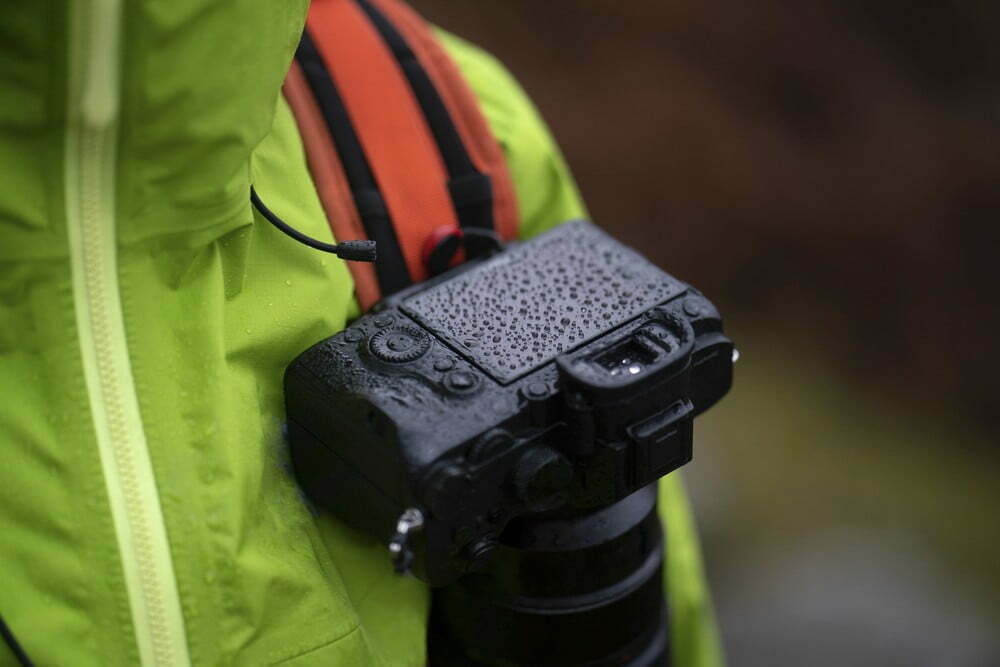



















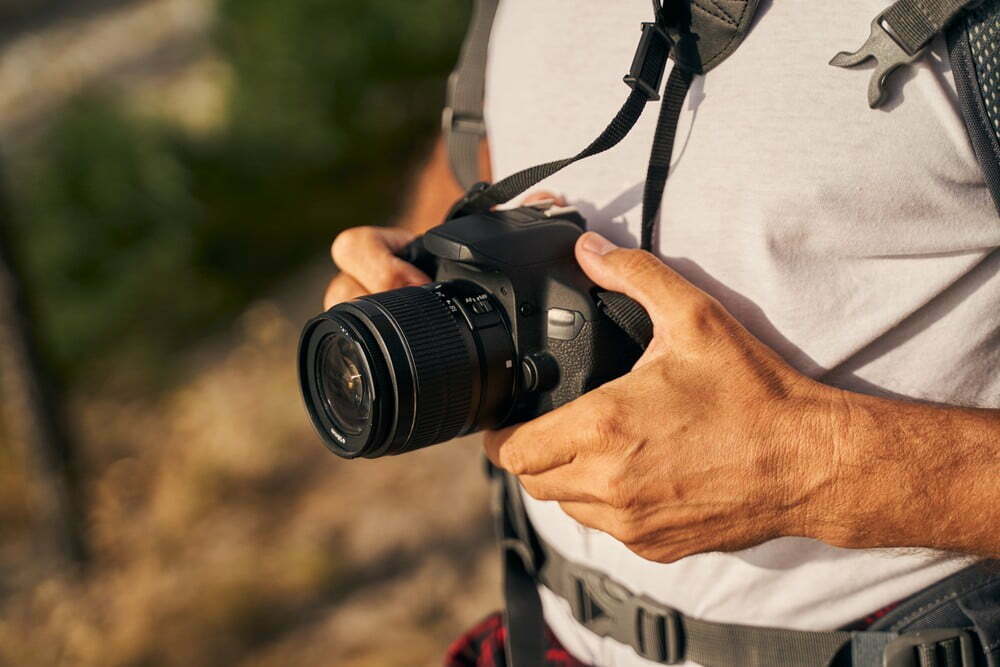
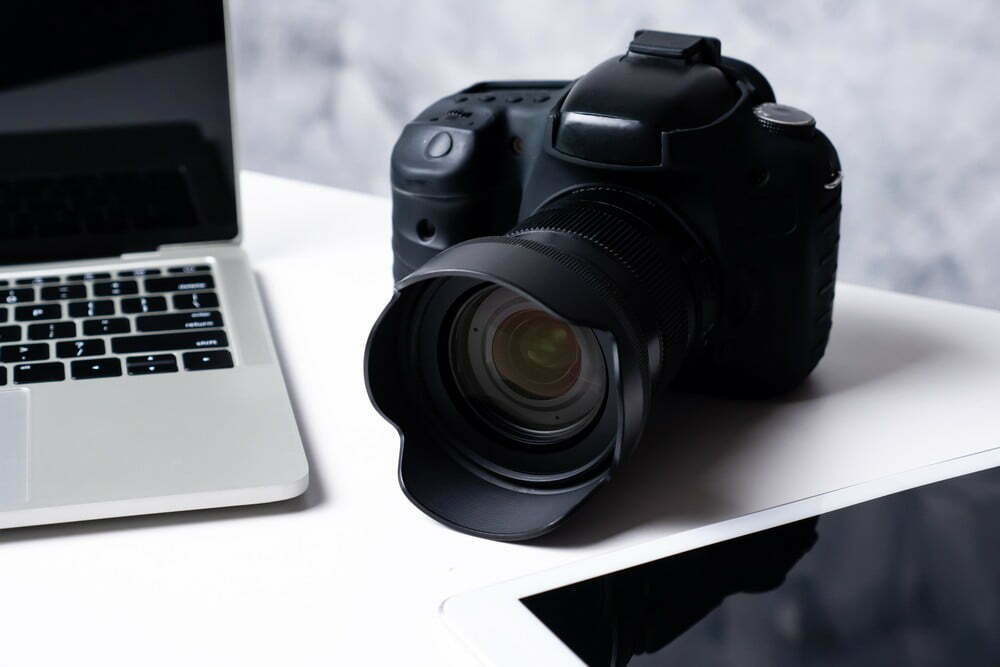

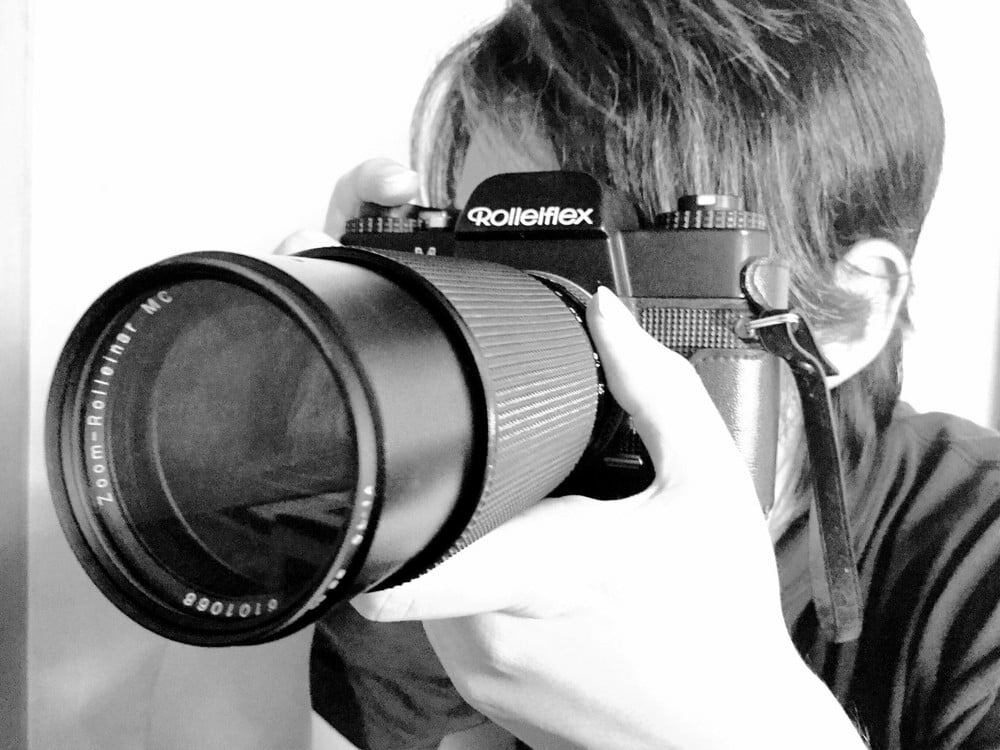


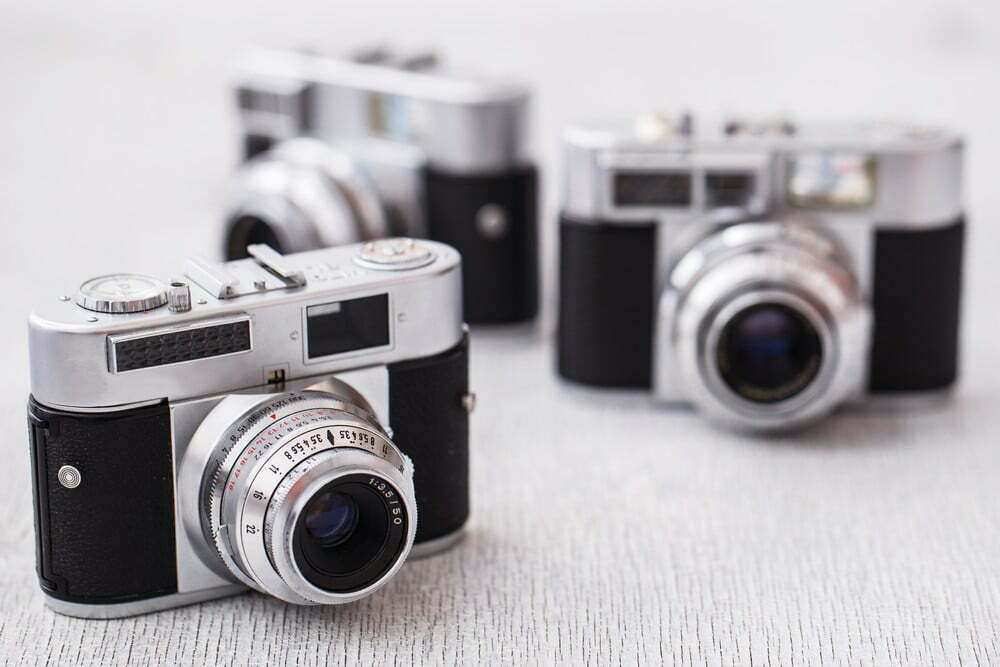
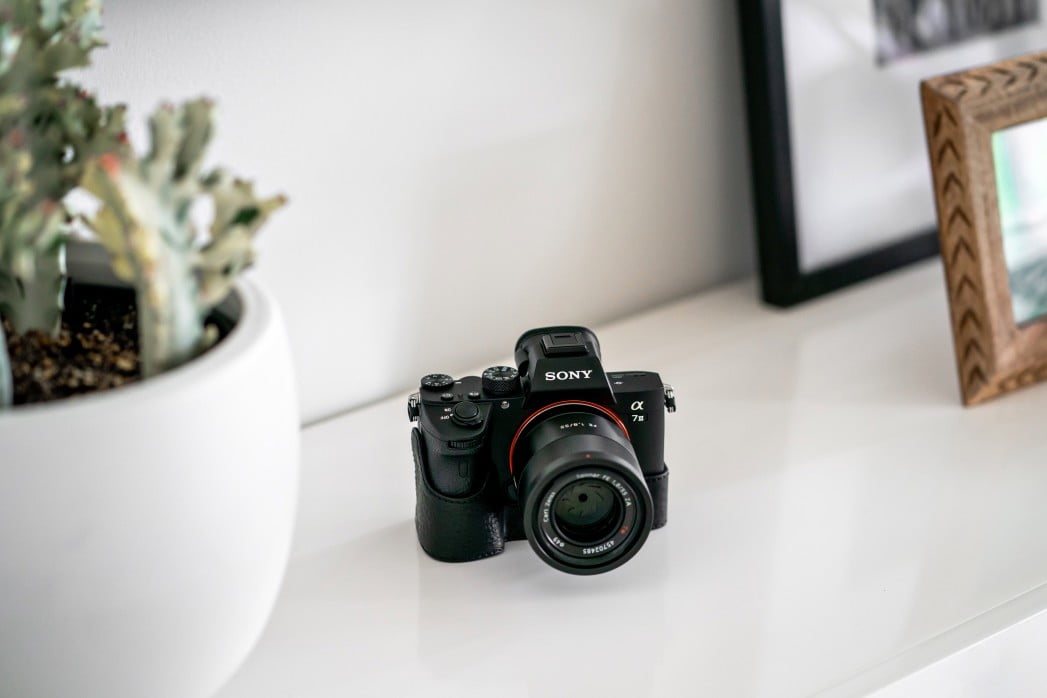
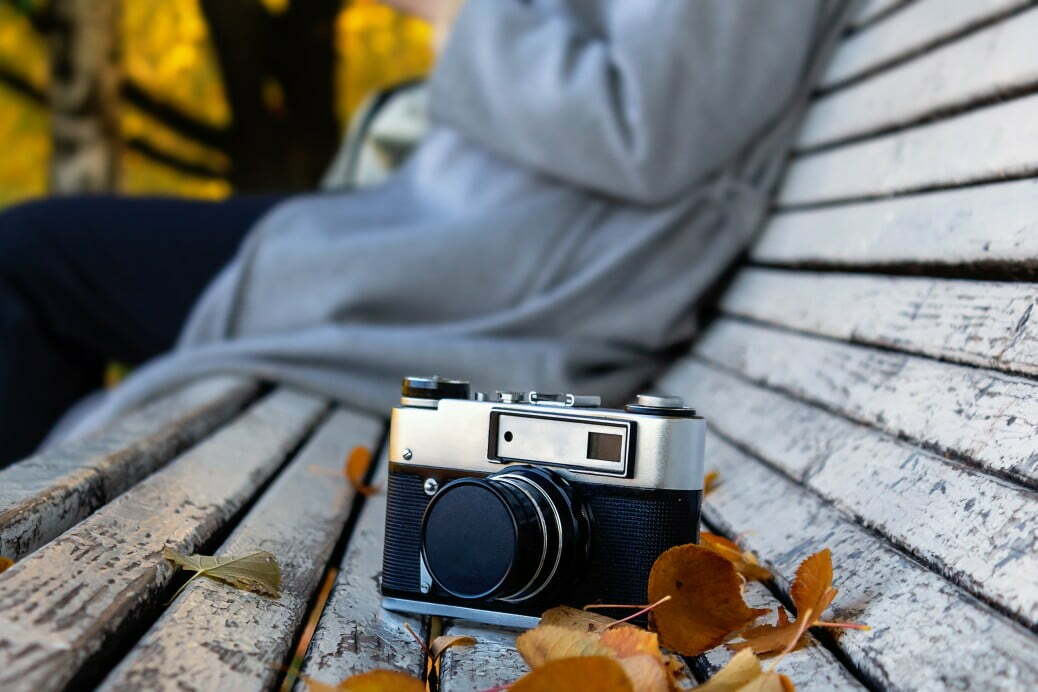
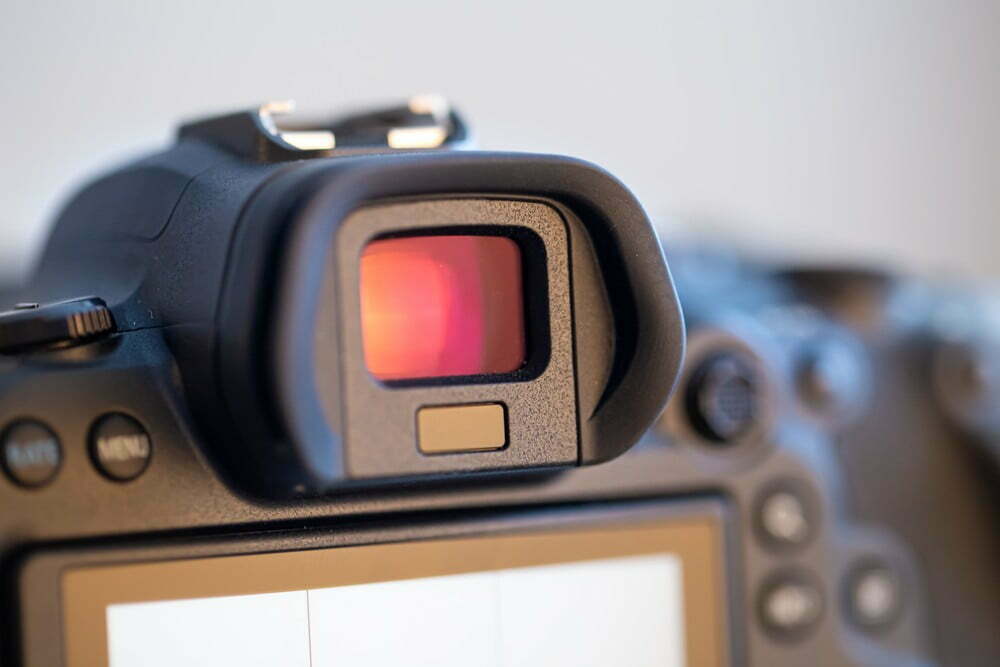
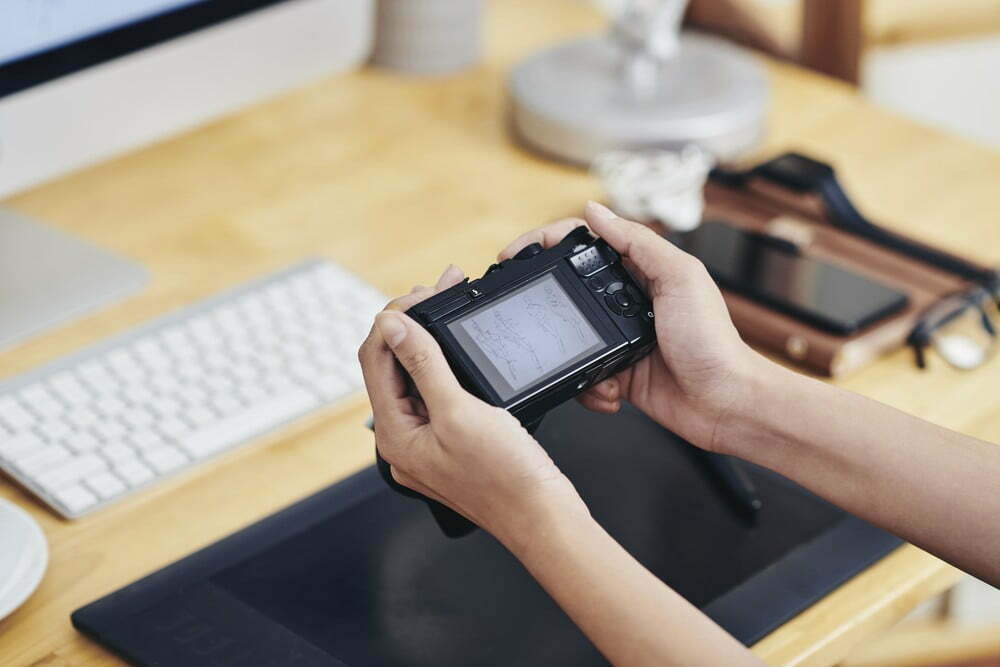
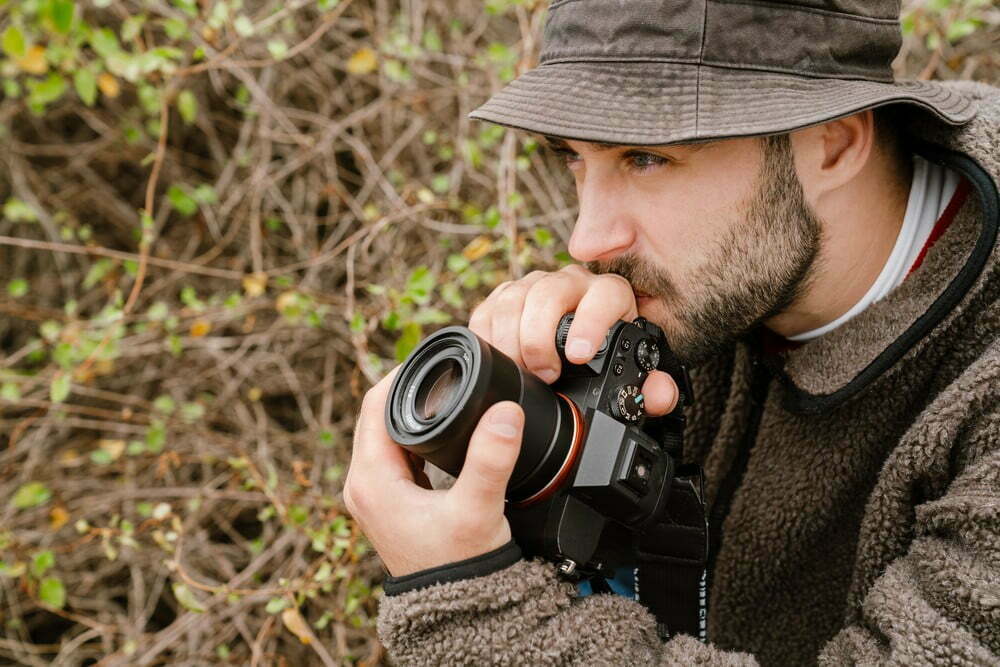


![Best Point and Shoot Camera in [year] ([month] Reviews) 27 Best Point and Shoot Camera in 2025 (October Reviews)](https://www.gadgetreview.dev/wp-content/uploads/Nikon-Coolpix-B500.jpg)
![Best Underwater Camera in [year] ([month] Reviews) 28 Best Underwater Camera in 2025 (October Reviews)](https://www.gadgetreview.dev/wp-content/uploads/best-underwater-camera-image.jpg)
![Best Digital Cameras in [year] ([month] Reviews) 29 Best Digital Cameras in 2025 (October Reviews)](https://www.gadgetreview.dev/wp-content/uploads/what-is-resolution-on-digital-camera-1.jpg)
![Best Digital Camera Docking Stations in [year] 30 Best Digital Camera Docking Stations in 2025](https://www.gadgetreview.dev/wp-content/uploads/best-digital-camera-docking-stations-image.jpg)
![Best Vlogging Camera in [year] ([month] Reviews) 31 Best Vlogging Camera in 2025 (October Reviews)](https://www.gadgetreview.dev/wp-content/uploads/best-vlogging-camera-image.jpg)
![Best Mirrorless Camera in [year] ([month] Reviews) 32 Best Mirrorless Camera in 2025 (October Reviews)](https://www.gadgetreview.dev/wp-content/uploads/best-mirrorless-camera-image.jpg)
![Best GoPro in [year] ([month] Reviews) 33 Best GoPro in 2025 (October Reviews)](https://www.gadgetreview.dev/wp-content/uploads/best-gopro-image.jpg)
![Best Canon Digital Cameras in [year] 34 Best Canon Digital Cameras in 2025](https://www.gadgetreview.dev/wp-content/uploads/best-canon-digital-cameras-image.jpg)
![Best Digital Camera Tripods in [year] 35 Best Digital Camera Tripods in 2025](https://www.gadgetreview.dev/wp-content/uploads/best-digital-camera-tripods-image.jpg)
![Best Polaroid Digital Cameras in [year] 36 Best Polaroid Digital Cameras in 2025](https://www.gadgetreview.dev/wp-content/uploads/best-polaroid-digital-cameras-image.jpg)
![Best Small Digital Camera Cases in [year] 37 Best Small Digital Camera Cases in 2025](https://www.gadgetreview.dev/wp-content/uploads/best-small-digital-camera-case-image.jpg)
![Best Digital Camera USB Cables in [year] 38 Best Digital Camera USB Cables in 2025](https://www.gadgetreview.dev/wp-content/uploads/best-digital-camera-usb-cable-image.jpg)
![Best Digital Camera Bags in [year] 39 Best Digital Camera Bags in 2025](https://www.gadgetreview.dev/wp-content/uploads/best-digital-camera-bag-image.jpg)
![Best Sony Digital Cameras in [year] 40 Best Sony Digital Cameras in 2025](https://www.gadgetreview.dev/wp-content/uploads/best-sony-digital-cameras-image.jpg)
![Best Digital Camera Accessories in [year] 41 Best Digital Camera Accessories in 2025](https://www.gadgetreview.dev/wp-content/uploads/best-digital-camera-accessories-image.jpg)
![Best Kodak Digital Cameras in [year] 42 Best Kodak Digital Cameras in 2025](https://www.gadgetreview.dev/wp-content/uploads/best-kodak-digital-cameras-images.jpg)
![Best Panasonic Digital Cameras in [year] 43 Best Panasonic Digital Cameras in 2025](https://www.gadgetreview.dev/wp-content/uploads/best-panasonic-digital-cameras-image.jpg)
![Best Video Cameras in [year] ([month] Reviews) 44 Best Video Cameras in 2025 (October Reviews)](https://www.gadgetreview.dev/wp-content/uploads/best-video-cameras-image.jpg)
![Best Compact Cameras in [year] 45 Best Compact Cameras in 2025](https://www.gadgetreview.dev/wp-content/uploads/best-compact-camera-image.jpg)
![Best Digital Cameras with Wifi in [year] 46 Best Digital Cameras with Wifi in 2025](https://www.gadgetreview.dev/wp-content/uploads/best-digital-camera-with-wifi-image.jpg)











